Armenian music is the collective musical tradition of the Armenian people, spanning sacred chant, bardic (ashugh) song, folk-dance repertories, classical composition, and contemporary popular styles. Its sound world is marked by modal melodies (often related to the broader maqam family), expressive melismas, heterophony, and asymmetrical dance meters.
Characteristic instruments include the duduk (a warm, plaintive double‑reed with a sustaining drone), zurna (shawm), dhol (double-headed drum), kanun (zither), oud, tar, kamancha (spike fiddle), shvi (end-blown flute), and various regional lutes. In the sacred sphere, monodic hymns (sharakans) and psalmody developed a distinctive chant tradition notated with khaz neumes; in the secular sphere, village dances (e.g., kochari, shalakho, tamzara) and ashugh poetry-songs form a core identity. Diasporic history has brought Armenian timbres (especially the duduk) into film scores, new age, and global fusion.
Armenia’s Christianization (early 300s) and the invention of the Armenian alphabet (early 400s) catalyzed a literate sacred repertory of hymns (sharakans) and psalmody. By the 500s–600s, a distinct monodic liturgical tradition and a unique neumatic notation (khaz) were established, crystallizing the modal and melodic contours of Armenian sacred music.
While sacred chant flourished in monasteries and cathedrals, secular music thrived through gusans and later ashughs (poet‑singers accompanying themselves on lutes). Their songs fused refined poetry with modal melody and nuanced ornamentation. Urban centers under Persian and Ottoman influence fostered cosmopolitan ensembles using oud, kanun, kamancha, and percussion, while rural communities sustained robust dance repertoires in irregular meters.
The 18th century saw the high art of the ashugh, epitomized by Sayat‑Nova, whose multilingual songs (Armenian, Georgian, Persian) exemplified cross‑regional modal poetics. His output became a touchstone for later folk and art reinterpretations.
Komitas (Soghomon Soghomonian) collected, transcribed, and harmonized hundreds of folk and sacred melodies, codifying modal practices and shaping a modern Armenian art‑music language. Composers such as Tigran Chukhajian pioneered opera, while sacred chant scholarship revived historical khaz sources.
Under the USSR, state ensembles professionalized folk dance and song; classical composers like Aram Khachaturian synthesized Armenian modes and rhythms with symphonic modernism. Duduk master Jivan Gasparyan introduced the instrument worldwide, helping inscribe “The duduk and its music” on the UNESCO Representative List of the Intangible Cultural Heritage of Humanity.
Diasporic communities nurtured kef music (social dance music) and Armenian pop. Jazz, rock/metal, and experimental scenes (e.g., Tigran Hamasyan’s modal jazz, Serj Tankian’s orchestral/rock fusions, Arto Tunçboyacıyan’s avant‑folk) broadened the palette. Today, Armenian music circulates between homeland and diaspora, balancing preservation with genre‑crossing innovation.
-
•
Choose mode and meter; sketch a drone and a short, singable motif.
•Orchestrate melody in duduk/voice/kamancha; add heterophonic lines in oud/kanun.
•Set dhol groove to articulate subdivisions; vary ornament density between verses and refrains.
•For modern crossovers, layer subtle harmonic pads or jazz chords while preserving the modal center and drone.

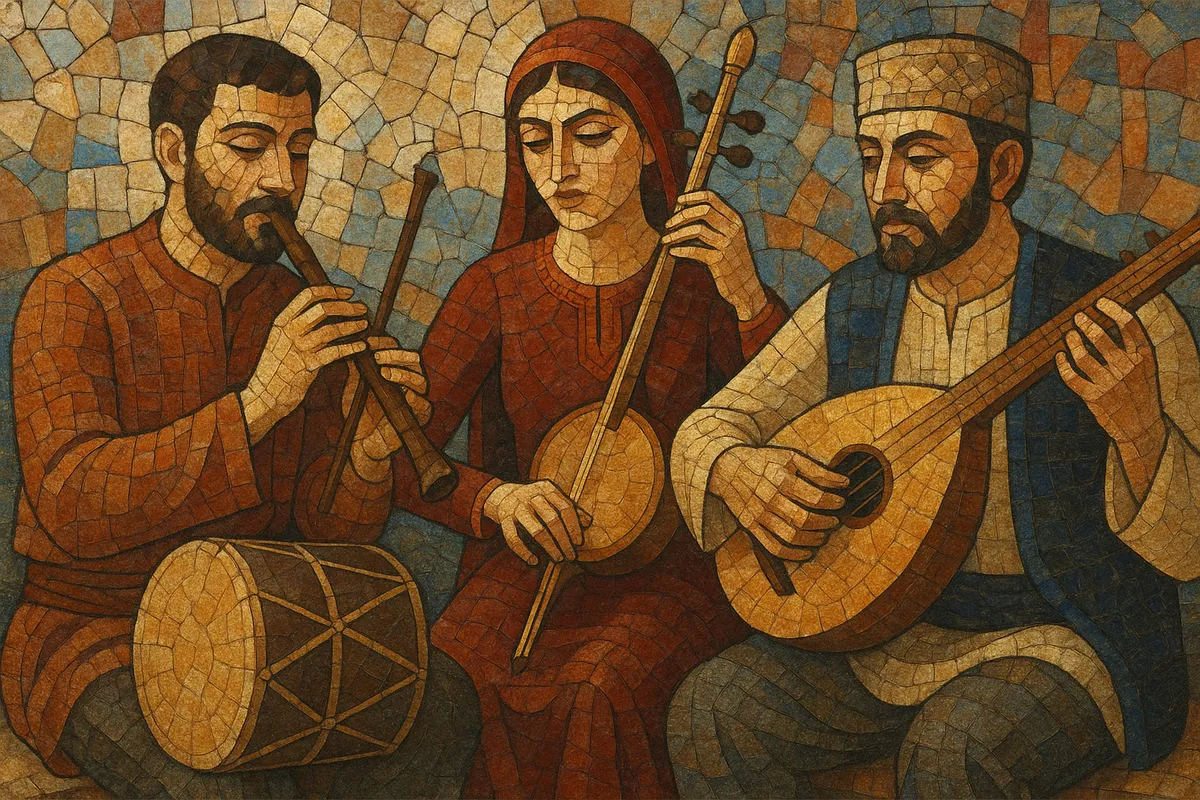
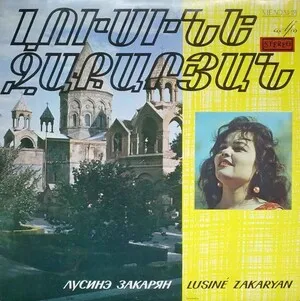
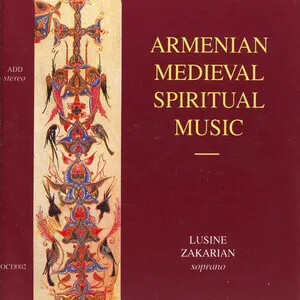
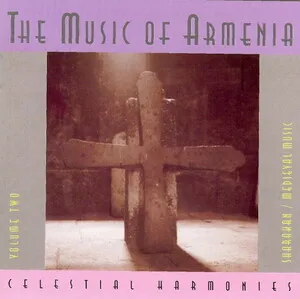
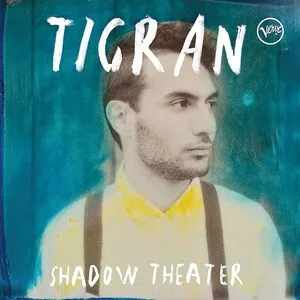
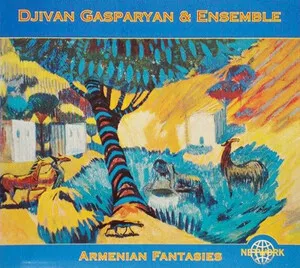
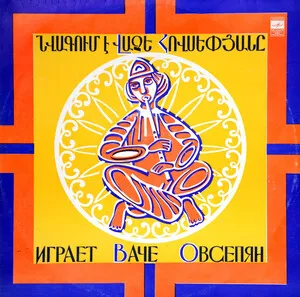%2C%20Cover%20art.webp)
